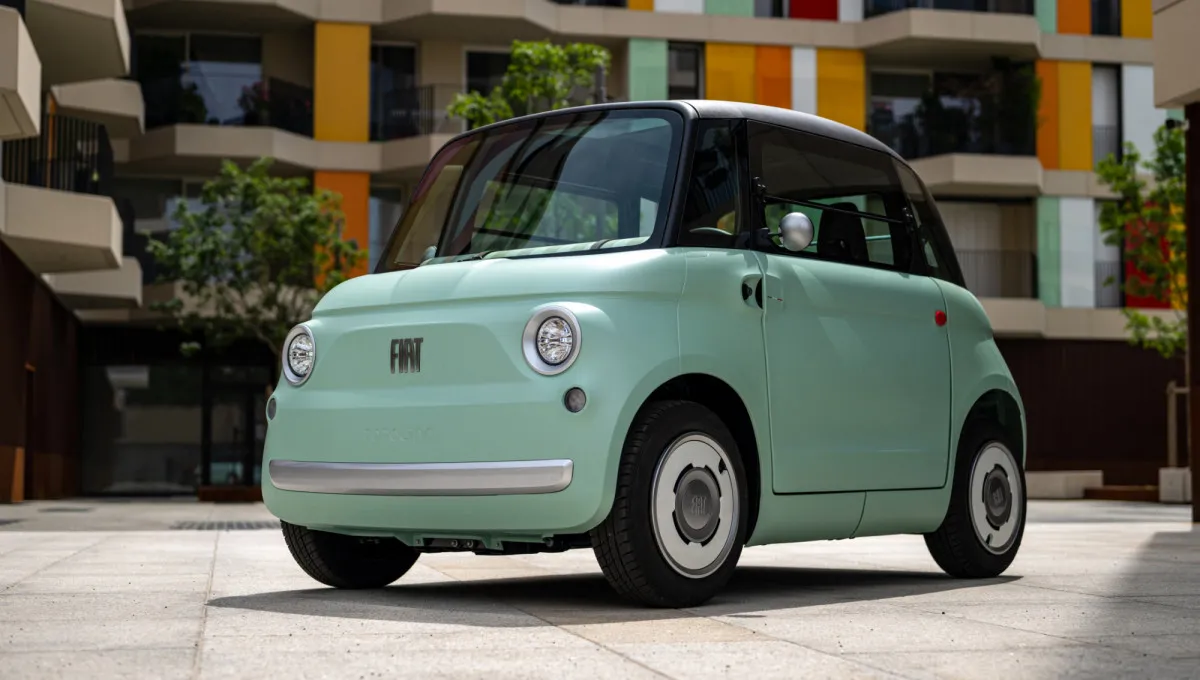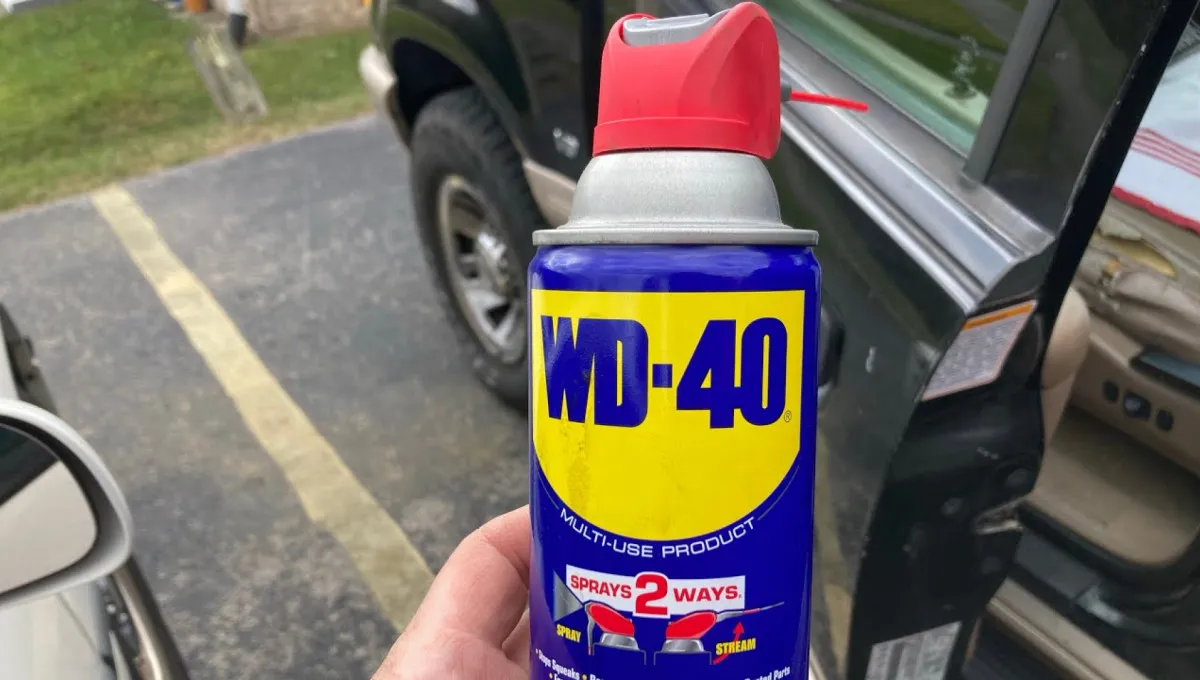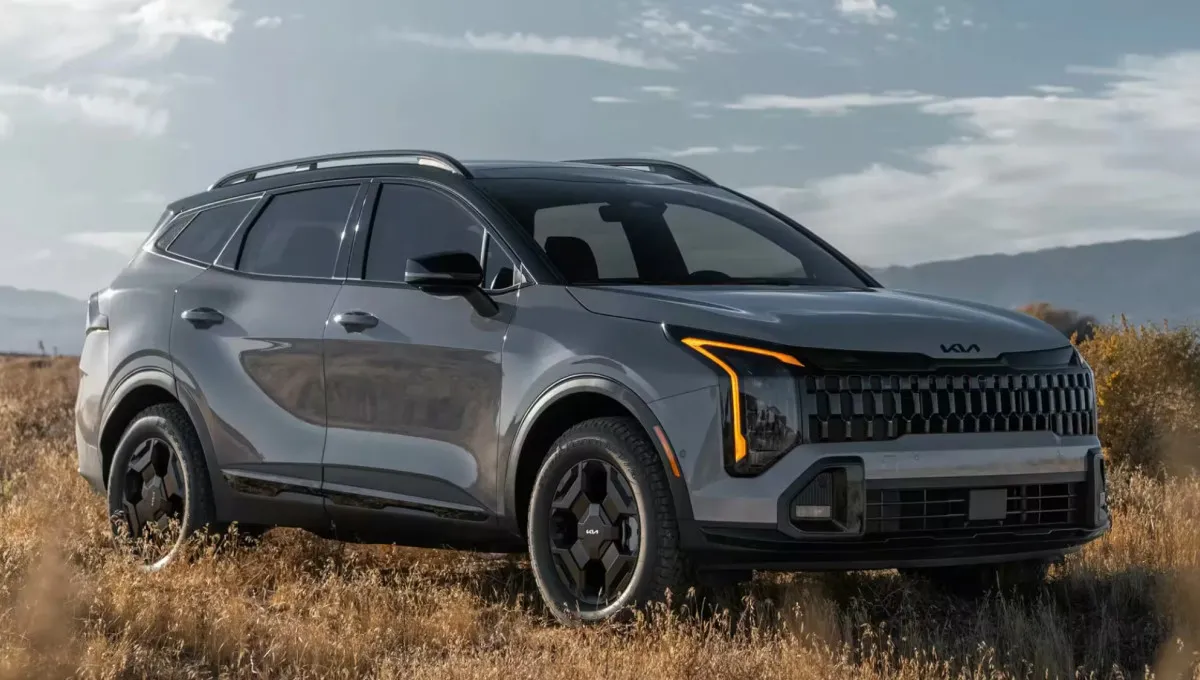What Will Happen to Your Car in 5 Years? How to Pick a Vehicle That Won’t Lose Its Value or Turn Into Scrap
7 rules for choosing a car you can resell in five years—fast, and with minimal loss.

When you buy a car, don’t think only about today. Think about what it’ll look like in a listing five years from now. Some vehicles lose half their value, while others hardly depreciate at all. Here’s how to pick a long-lasting model that will hold up in both quality and price.
You drive off the lot in your new car: it shines, smells brand-new, and makes you smile every morning. Fast-forward five years—you’re scrolling through online ads, shocked that buyers are offering only half of what you paid. Meanwhile, your neighbor sells his for 70% of the original price in a matter of days—and with multiple offers. What’s his secret? We looked into why some cars turn into “a pile of metal” while others become “gold bars” on the used market.

It all comes down to three things: demand, reliability, and service. If a car is popular, easy to service, and has affordable parts, it’ll hold its value. If it’s a niche model with complex electronics, pricey maintenance, or a shaky reputation, buyers will avoid it in five years—not because it’s bad, but because used-car buyers value predictability.
Let’s start with brands and models. Some names are always safe bets in the U.S.: RAM, Ford, Toyota, Jeep, BMW. They’re not all “premium,” but they’re reliable and familiar. A Toyota RAV4 or Corolla typically loses about 30–40% of its value over five years—that’s normal. But certain Japanese newcomers or high-tech German luxury cars can drop 60–70%. Why? Parts become scarce, independent shops refuse to service them without factory support, and even insurance companies hesitate.

Second factor: trim level. More options don’t always mean more resale value. A sunroof, heated steering wheel, or adaptive cruise control may be nice, but the sweet spot is usually the mid-level trim—not the bare-bones base model, but not the fully loaded one either. Cars in this range are easier to compare, easier to price, and much easier to sell.
Third: engine and transmission. The rule here is simple—keep it simple. A naturally aspirated 2.0-liter engine with an automatic is a safe classic. A turbo engine paired with a CVT or dual-clutch “robot” is riskier, especially in its first generation. In five years, a repair could cost a third of the car’s value, scaring off buyers. Check owner reviews, forums, and breakdown statistics. Forget the ads—listen to people who’ve put 75,000 miles on the same setup.

Fourth: model year and mileage. Lower mileage means higher price, of course. But condition matters more than the odometer. A five-year-old car with just 25,000 miles that sat unused in a driveway might be in worse shape than one with 75,000 well-maintained highway miles. Buyers know this—they’ll check maintenance history, not just numbers.
Fifth: service records. Keep every receipt, every log entry, even photos of repairs. A car with a complete service history can sell for 10–15% more, because it shows the owner didn’t cut corners or hide problems. That trust is worth real money.
Sixth: appearance and interior. Cosmetics matter. Worn seats, scratched doors, a stained headliner—these all hurt resale, even if the mechanics are perfect. Buyers want the thrill of a “like-new” car and will pay extra for a clean cabin, a polished exterior, and no trace of smoke or pet odors. Think of detailing as an investment in resale.

Finally: avoid first-year models. Whether it’s a redesign, a new generation, or a brand-new launch, early production cars almost always have teething issues. Parts are expensive, service shops lack experience, and problems pile up. Wait a year or two—let others test them first. Then buy, with bugs fixed and history established.
If you want your car to stay valuable and in demand after five years, don’t buy with your heart—buy with your head. Study statistics, read owner reviews, and ask mechanics. Don’t chase exclusivity—chase reliability. A car isn’t just transportation; it’s an asset. And like any asset, it should preserve its value. Choose wisely, and five years from now you’ll thank yourself instead of begging buyers to take your car at a discount.
You may also be interested in the news:

Fiat Topolino Is Officially Coming to the U.S.: Tiny EV Aims to Challenge Golf Carts — and Shock With Its Size
Fiat has officially confirmed that its pint-size Topolino EV will soon arrive on the U.S. market.

Few Reasons Your Car Might Shake Right After You Start Driving — and What You Can Do About It
Most drivers will eventually encounter sudden vibrations or shaking while on the road.

Porsche Isn’t Playing by China’s Rules — and Aims to Boost Its Bottom Line
VW Group’s CEO lays out Porsche’s plan

Why the Popular Lubricant Is Called WD-40—and Not WD-50 or WD-100
Seasoned drivers know this little miracle spray can bail you out of an unbelievable number of car troubles.
